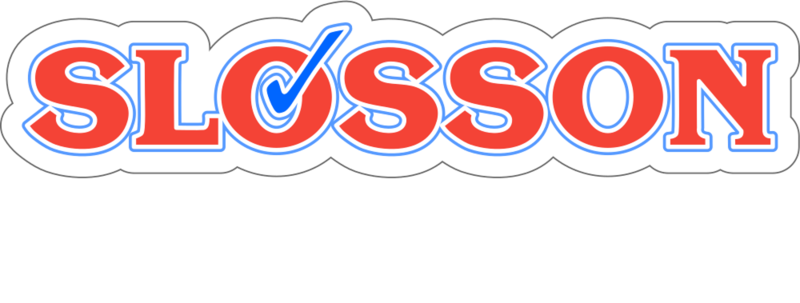Applications and Uses
The Arizona-4 can be used by speech and language professionals in a variety of settings, including schools, clinics, hospitals, private practices, and intervention programs. Its applications include:
- Understanding and describing an individual’s level of articulatory ability and overall speech intelligibility in both single-word and connected speech
- Comparing single-word and connected-speech articulatory abilities
- Determining the extent to which phonological impairment may contribute to an individual’s articulatory deficits, and describing the specific types of phonological error patterns that are displayed
- Facilitating early identification of speech-sound development concerns and determining whether an individual may benefit from treatment services
- Identifying and prioritizing speech targets for individualized intervention through analysis of the examinee’s specific articulatory/phonological deficits and relative strengths, including the production of consonants, consonant blends, vowels, and vocalic
- Monitoring improvement in an individual’s speech sound production over time
- Evaluating the degree of consistency in an individual’s production of misarticulated sounds, the impact of speech sound deficits in continuous language and everyday speech, and the need for further language assessment or intervention
(Arizona-4) Arizona Articulation and Phonology Scale Revised 4th Edition
Janet B. Fudala, PhD, and Sheri Stegall, PhD
What’s new in the Arizona-4:
- Three tests in one assessment: Word Articulation, Sentence Articulation, and Phonology
- All-new normative data
- Extension of the standardized age range to 21 years, 11 months, with guidance for describing and understanding the speech of adults of all ages
- Modified scoring system for more effective identification of individuals with speech sound disorders
- Five optional tasks that inform treatment plan development
- Scoring guidance for dialectal variations
-Full-color illustrations that are more engaging for young children
- Digital stimulus images
Complete Arizona-4 Kit Includes: Print Word/Sentence Articulation Record Forms (pack of 25); Print Phonology Coding Forms (pack of 25); Print Easel; Print Manual
Overview
The Arizona Articulation and Phonology Scale, Fourth Revision measures speech intelligibility, articulatory impairment, and phonological impairment in one quick, easy to use assessment. The fourth revision of this widely used assessment retains the strengths of its predecessors and adds features that enhance its effectiveness in identifying individuals who have speech sound disorders. New norms, refined measurement properties, and the addition of connected-speech and phonology tests help clinicians identify individuals who may benefit from speech sound services. Supplemental qualitative tasks facilitate deeper interpretation of the scores and help clinicians develop treatment plans that are targeted to the individual’s needs.
What It Measures
The Arizona-4 scores help clinicians identify individuals who are in need of speech sound services and develop treatment plans for them. The primary score is the easy-to-understand Word or Sentence Articulation Total Score, which has a direct and useful interpretation. Because the Total Scores are based on research that links them to the actual rate of speech sound occurrence in American speech, they express a real sense of how often misarticulated sounds are likely to occur in the examinee’s everyday speech and what impact those misarticulations are likely to have on overall speech intelligibility. The Word–Sentence Articulation Critical Difference Score provides further information about clinically meaningful differences between articulation in single-word versus connected-speech contexts.
In addition, standard scores are provided for Word Articulation, Sentence Articulation, and Phonology. Standard scores allow comparison of the examinee’s performance to that of a typically developing peer group based on age (and gender, at the younger ages). Severity ranges, confidence intervals, percentile ranks, and test-age equivalent scores further aid clinical interpretation. The Arizona-4 scores include descriptive language that is easily understood by parents and other nonprofessionals.
Expanded guidelines for interpretation cover topics such as extreme scores, item-level analysis, percentage of occurrence of phonological error patterns, and use of the Arizona-4 to measure change over time. Additional qualitative information is available through a variety of supplemental, nonstandardized tasks that help you plan effective treatment for the individual.
Ages: 18 months to 21 years
Testing Time: 5–20 minutes
The Arizona-4 offers the following scores:
- Total Scores and associated Speech Intelligibility Interpretation Values
- Standard Scores and associated Severity Ranges for level of articulatory and phonological impairment
- Word–Sentence Articulation Critical Difference Score
- Percentage of Occurrence for phonological error patterns
- Percentage of Speech Improvement score for retesting


